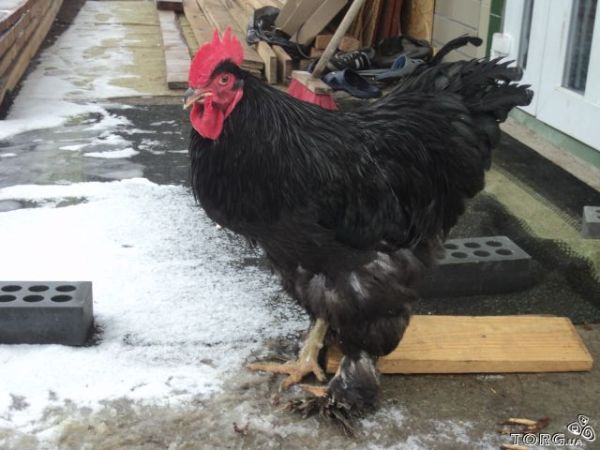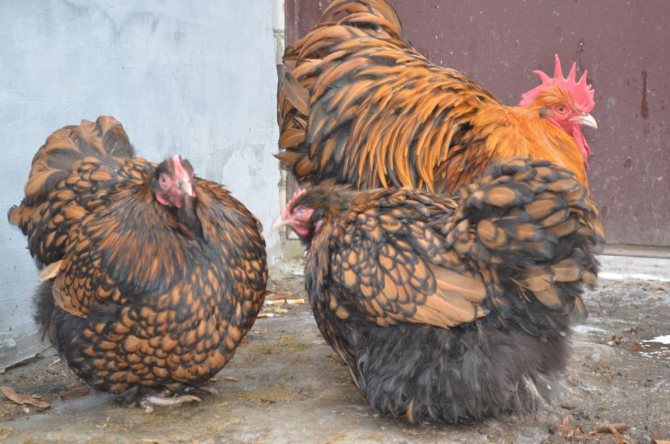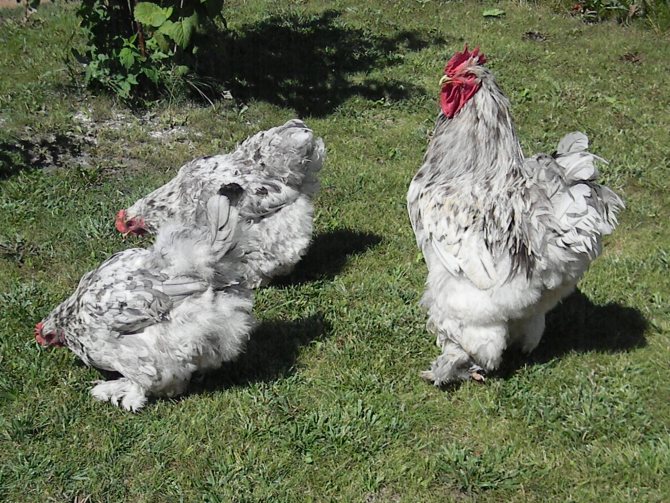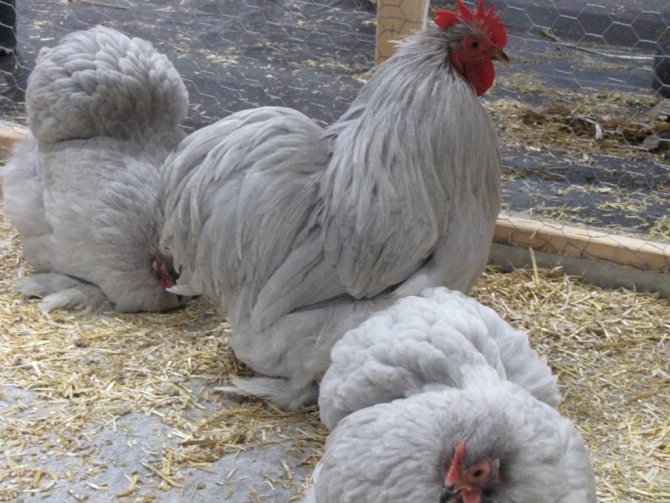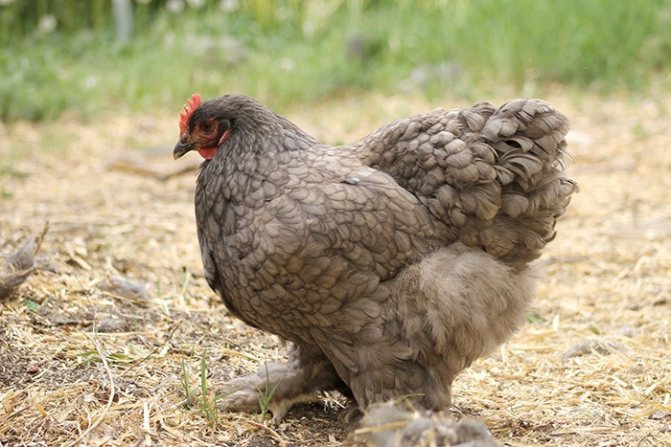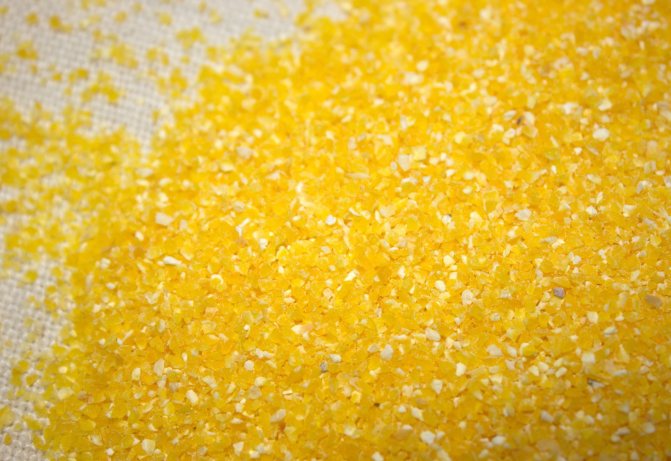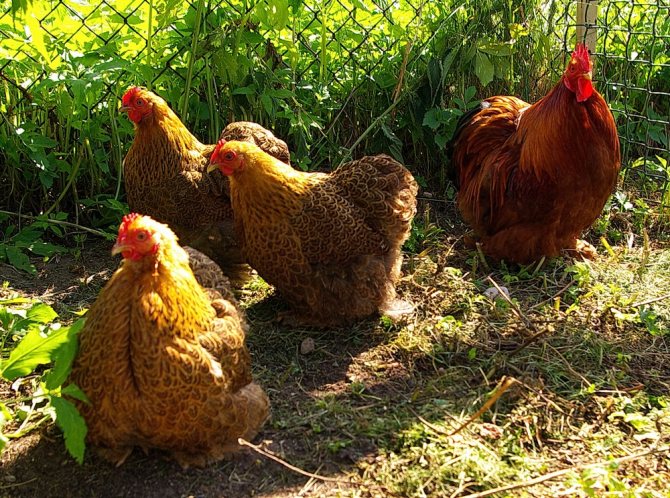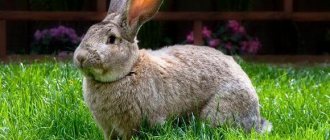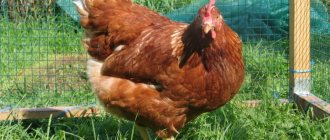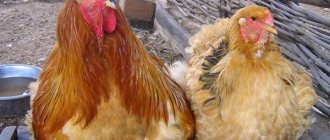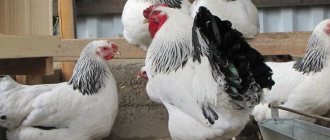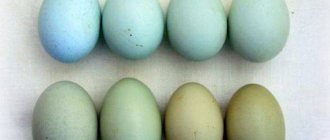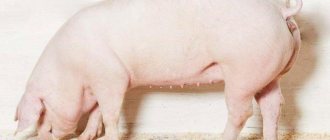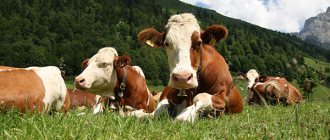Poultry »Chickens
0
1508
Article rating
Cochin-Chin is an old meat breed of chickens, which became the ancestor of many modern varieties. It was bred in Indochina at the beginning of the 19th century. In the middle of the century, chickens got to Europe, and 50 years later - to Russia. Now the popularity of the breed has fallen, as there are more productive broilers that gain weight faster. They keep it at breeding stations and in private households. The Cochin Chicken breed is receiving good reviews.
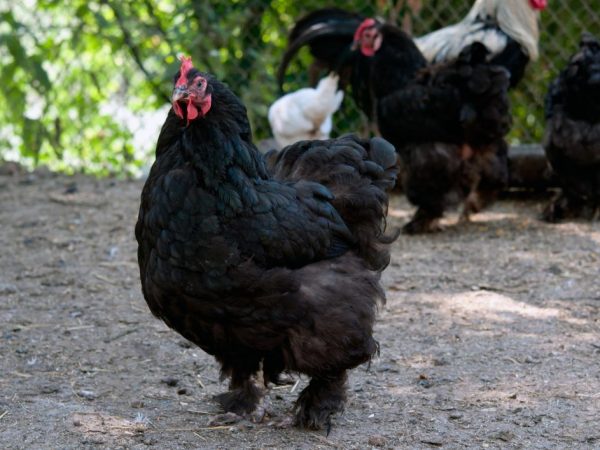
Chickens of the Cochinchin breed
Breeding
Dwarf Cochinchin females are good brood hens, so the use of an incubator is not necessary. However, this does not mean that breeding these chickens is easy.
Problems arise at the stage of fertilization of eggs and the selection of incubation material.
If you are not confident in your abilities, then it is better to buy chickens from trusted breeders.


To obtain eggs suitable for incubation, one rooster is given to four chickens. If there are more females, then the percentage of unfertilized eggs will increase significantly. Also, when selecting eggs for incubation, the weight of the egg is important - it is necessary to select only those that weigh at least 35-40 g. It is also important that they are of the correct shape, without deformations, with a strong shell. In addition, the shelf life of hatching eggs must be strictly observed.
After the chicks hatch, the brood hen will look after them, warm them up and train them. You can completely entrust the chicks to her and not worry that the bird will leave them or crush them.
Chickens of the Dwarf Cochinchin grow very slowly, they gain up to 70 g of weight per week. Growth continues until 7-9 months of life. The chicks are fed in the same way as chickens of other breeds - grain flour, mashed boiled yolk and cottage cheese, etc.
Description of the breed
If you see Cochinchin chickens at least once in a photo or video, they cannot be forgotten. It is also easy to distinguish them from representatives of other species: these chickens are large, massive birds with lush and loose plumage, resembling large balls, but there is a dwarf Cochinchin, such a breed of chickens is much smaller. Their body tilts down a little, because the chickens look a little squat, but this does not harm their appearance at all. The description of the Cochinchin chickens and the breed standard are as follows:
- The head is small.
- The beak is short, slightly bent.
- The scallop is small, leaf-shaped, bright red.
- The eyes are orange.
- The neck is stocky, bends at the transition to the back.
- The chest is broad and muscular.
- The back is short and wide.
- The wings are not very long, the tips are hidden in the tail.
- The hens have a short tail, and the cockerels have long braids.
- The thighs are well muscled and well developed.
- Legs of medium length, covered with thick feathers.
- The plumage is very dense and loose, of different colors.
The character of the Cochinchins is calm and balanced. They walk measuredly around the yard, they never show aggression towards each other, even the handsome Kochin-khin cockerels. They quickly get used to people and behave very friendly.
The disadvantages of the breed are considered to be a narrowed breast and body, an elongated back, metatarsus with weak plumage, pale earlobes or protruding eyes, an enlarged and rough comb.Chickens are exhibition decorative birds such as the blue cochinchin, therefore special attention is paid to the features of their exterior, much more than to performance.
Varieties of the breed
As already mentioned, Kochin chickens can have very different plumage, there are Cochin and red. Now the breeding of the breed is going in a decorative direction, therefore, many pay attention to the beauty of birds. Several varieties of Cochinchins have formed, which differ from each other in color and structure of feathers.
Black Cochin
Cochinchin coal black is a large absolutely black bird. Low tide is purple or green. The color of the nib rod is black. A white underfill is allowed, but it should not show through the integumentary feathers. The Cochinquin's beak is coal black and has black-yellow or dark gray. The color of the legs is yellow or with a green tint. Brown and black coloration of the hocks is not allowed.
White Cochinchin
White Cochinquin has a lush white plumage. Yellowness, marble pattern is not allowed, although feathers may have a silvery sheen. The beak of the rooster and the hen should be yellow, as well as the metatarsus. A slight greenish tint to the legs is acceptable. The horny plates on the metatarsus should not be white. Cochinchin standard white is not very popular, as such plumage looks the least original.
Cochin Blue
Cochin Blue is the most common variety in the Cochin Chicken, as it is considered the most beautiful. This Cochinchin has a blue or silver plumage, evenly distributed throughout the body. There should be no dark edging on the feathers. The rooster has a beautiful blue tail. The head and neck can be nearly black, like the capillary on the wings. Silver with white color of the underfloor is allowed. Metatarsus yellow, may have a slight greenish tint. Unacceptable defects - white feathers on the tail of a rooster, brown or red tint of feathers.
Cochin-khin fawn
Cochinchin fawn has a bright and rich yellow plumage. The down, the shafts of each feather, as well as the metatarsus and beaks are painted in a beautiful color. The tail is bronze. Because of this shade of the feather, the variety of the breed was also called yellow Cochinchin. Black feathers or black-and-gray rods, a light shade of color, white bloom on the feathers or white down are considered a defect. Chickens often have darker feathers than roosters. It should be noted that the true fawn color is very rare. Most birds have some color defect.
Partridge Cochinquin
The Cochin Chicken is a bright and beautiful bird with colorful plumage. Feather shades on different parts of the body are strictly regulated, primarily in the male. The partridge cock of the Cochinchin breed is colored as follows:
- The head is reddish brown.
- The collar is golden with brown.
- Each feather of the collar has a black streak bordered in gold.
- The back and shoulders are brown-red.
- The loin is brown or yellow with gold.
- The flight feather on the wings is brown on top, and black on the bottom.
- Each wing has a transverse stripe of a rich black shade with a greenish tint.
- The breast is black and brown.
- The tummy, feathers on the tail and metatarsus are black.
- The pillow is dark gray, almost black.
Partridge hens have brownish-golden feathers. Each has a distinctive multi-row black edging that follows the shape of a feather. The collar consists of black feathers, each with a golden border. The tail is black with a brown tint. The beak and legs are yellowish; a gray bloom is acceptable on the beak.A defect is considered to be bright red and red shades of plumage, interspersed with white feathers, the bordering pattern is indistinct, violations of the arrangement of flowers on the body.
Dwarf Cochinchin
The dwarf Cochin Chin breed of chickens is a separate species that was bred in China along with a large relative. The structure of the females, the type of plumage is the same as that of most birds of the Cochinhin mini dwarf breed. In fact, they differ only in size. Mini chicken weighs 650-700 g, rooster - 750-850 g. Laying hens are capable of carrying about 80 eggs with light brown shells weighing up to 30 g per year. or yellow, blue, partridge. Therefore, the dwarf Cochinquin and its characteristics are positive.
History of origin
Dwarf Cochin Chin is a legendary breed that was originally bred and kept exclusively in the palace of the Chinese emperor, and only its blue variety.
For the first time, these chickens came to Europe only in 1860 as a gift to the Queen of England as a sign of the end of the Anglo-Chinese war.
Twenty-four years later, twelve Dwarf Cochinchins were brought to England again, but this time by Chinese traders who were involved in the sale of spices. From that time on, amazing birds began to be actively bred throughout Eurasia.
Productivity
It's time to dwell on the productivity of the breed in more detail. There is a reason why she is not bred on an industrial scale: this is a fairly low fertility rate, which is only 80%. At the same time, experts monitor the preservation of the breed for the gene pool. However, the popularity is not so high, because, when compared with broilers, the productivity is low.
Cochinchins - a breed with an average productivity
Let's dwell on the basic data.
- Live weight parameters for a chicken are 3.5-4 kg, and for a rooster - 4.5 kg.
- The meat has excellent taste, but the fat content is quite high.
- In the process of cutting, the meat yield is about 80%, which is a good indicator.
- The egg has a mass in the range of 50-60 grams.
- The shade of the eggshell is brown.
- As soon as the bird gains excess weight, its egg production decreases significantly.
- The standard egg production throughout the year is 120 eggs.
- Only 90% of the resulting offspring survives.
At 8-10 months, puberty already begins, the bird begins to lay eggs
Prices for an ovoscope for the diagnosis of eggs
Ovoscope
Positive, negative qualities and analogues
Benefits of dwarf cochinquins:
- chickens have a unique attractive appearance;
- easy to tolerate moderate cold;
- have good immunity, resistant to diseases;
- birds have a developed instinct for incubating and raising chicks;
On top of that, mini Cochinchins have a calm disposition, no aggression, they get along with other types of pets.
There are two disadvantages: due to the dense plumage, Cochinchin chickens are difficult to tolerate infection with external parasites. They have a high cost. The price of 1 hatching egg is 100 rubles. per piece, adult bird - 1500 rubles. Per head.
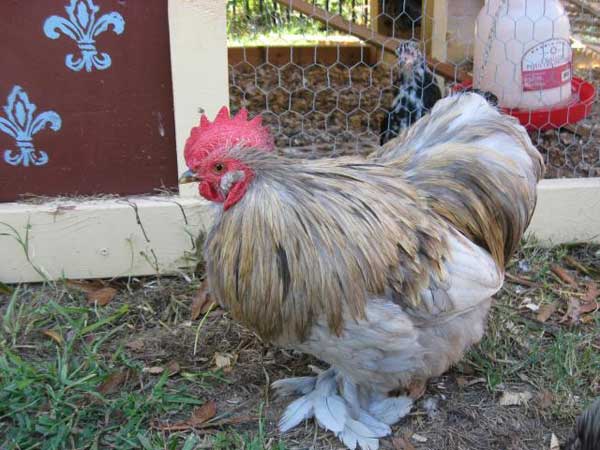

If it is not possible to buy a bird of this breed, you can purchase an interesting decorative analogue - the milfleur chicken. You can find out about its features in the article "Description of the Milfleur breed of chickens."
Dear poultry farmers, please tell us in the comments if you had to keep mini chickens of the Cochinchin breed. Repost will help you invite friends to discuss a topic. We will be grateful for your 5 stars.
Testimonials
Farmers note that the Cochinchins are outwardly beautiful, it is not a pity to grow them on their farm just like that, for the sake of contemplation. Yes, their meat is very tasty, but it takes a lot of time and feed costs to obtain it, which makes breeding coch extremely expensive.In addition, breeding is also problematic, since it is impossible to get purebred chickens at home. Therefore, new livestock will have to be bought from farmers-breeders of rare poultry. And it costs a lot of money. Therefore, before buying chickens of this breed, you should think twice and evaluate your capabilities.
Conclusion
The main advantage of the Cochinchins is their external beauty and natural grace. They will become the decoration of the courtyard. If we compare kokhs with other universal types of chickens, then their productive qualities make it possible to keep chickens not only as the main decorators of the yard, but also to get tasty meat and eggs.
Features of the content
Birds of this breed are distinguished by their unpretentiousness, good health, and a balanced psyche. It is important that in chicken coops there is almost always order with them, since the individuals are calm, they normally relate to other chicken breeds, and do not show aggression. Birds also do not need regular walking.
Resilience to a wide variety of weather changes is also important. The plumage is thick, it warms well, so the cold is not terrible for the Cochinchins.
The breed is unpretentious, so maintenance will not cause difficulties
Pay attention to an important point! Preventive measures must be taken to prevent infections, diseases and epidemics in the chicken coop.
The main thing is quarantine. If a new bird is purchased, it must be kept in preliminary quarantine for a certain time. When the state of health has been thoroughly checked, all the mandatory vaccinations have been made, a month has passed, you can settle the chicken in a common aviary.
Vaccination of chickens
Diseases of chickens
Diseases of chickens are widespread. Some chickens are born immediately with bacteria, parasites in the body. Others become infected later, due to the ingress of harmful microorganisms from the outside. It is extremely important to know as much as possible about the various diseases of chickens in order to effectively carry out prevention. You will learn about this from our article.
Feeding
Experts note the unpretentiousness of the breed in nutrition. In this case, individuals need a lot of food. There is also a risk factor: when the appetite is excellent, the risk of obesity increases dramatically. And when you gain excess weight, egg production will drop. That is why it is important to follow the diet, take a responsible approach to the organization of food.
You can create a menu with a focus on natural products. Then whole grain feeds will become basic: oats, wheat and barley. It is worth supplementing the diet with a variety of greens. Chickens are happy to absorb clover, useful for their health, as well as nettle, vegetable tops. You can also use special combined feeds that maintain a moderate calorie content.
It is necessary to monitor a balanced diet, excluding the likelihood of obesity
It is important to add foods with a high content of minerals: they include vitamin complexes, fish and meat flour, chalk in the diet. Occasionally, you should feed the bird with curdled milk or cottage cheese to make up for the protein deficiency in the body. In addition, they supplement the diet with potatoes with cauliflower, you can diversify the menu with zucchini, pumpkin and beets, carrots. It is better to boil vegetables. Waste will come in handy: fish, meat.
Beets and carrots
Prevention of obesity
It is very important to ensure that individuals are not obese. Therefore, the amount of consumed starchy, protein products is strictly limited. This is a necessary measure, since excess weight provokes a drop in the wearing of eggs, sexual dysfunction. Protein, bread, potatoes should be given to an adult bird twice a week.
There is one more nuance. Young growth is actively developing, its skeleton is being formed. Therefore, until puberty, they need much more protein.
Combined feed is produced specifically for different types of poultry
When obesity is already observed in the flock, cochinquins are transferred to combined feed with a reduced calorie content. Then you need to track the indicators: as soon as they reach the norm, it's time to return the usual balanced diet.
Premix prices for chickens
Premix for chickens
Breeding
If farmers decide to start breeding from scratch, it starts with the purchase of hatching eggs. You can start with adults, young animals. Interestingly, when forming a chicken coop, the following should be taken into account: a maximum of 5 chickens should be per rooster so that fertility does not fall.
Cochinchin family
It is also worth checking the mating process itself, so that the plumage does not suffer during games. The diet during the mating period changes: the amount of protein in the feed is cut for chickens, and the amount of protein in the feed is increased for males. Chickens should be given more mineral complexes, calcium. Particular attention is also paid to feeding the young: in no case should greens, roughage be given too early. For 45 days, chicks should eat chopped eggs, fish oil, cottage cheese with milk, cereals.
Blue Cochin Chick
Cochinchins are distinguished by a developed maternal instinct, so they usually do not need incubators. In order to breed a bird competently, to ensure correct selection, the highest quality individuals, the classic representatives of the breed, are selected: the eyes should shine, the color should be standard, the scallops are only even, the physique is strong.
Chickens willingly hatch chicks
Selection of poultry for breeding
Experienced poultry farmers advise: it is advisable to form the first family by picking up adults. They are easier to choose, and their gender characteristics are already well expressed. It is extremely important to select healthy individuals that meet the basic requirements:
- breed characteristics;
- absence of symptoms of any diseases (flow from the eyes, nose, loss of feathers, passivity, frequent scratching);
- clear eyes;
- activity;
- dense plumage.
To create the first family, already adults are taken
The breed has many advantages. Cochinchins are unpretentious, have decent performance, hens willingly hatch eggs. The minimum requirements for walking. But at the same time, nutrition must be monitored strictly in order to exclude obesity.
Cochin Chicken Photos
Here in the photo you can see what a blue Cochinchin rooster looks like:
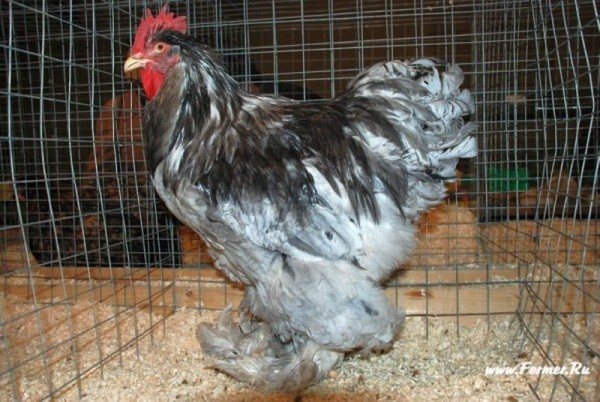

And in the photo below, a blue Cochinchin chicken walking in the yard:
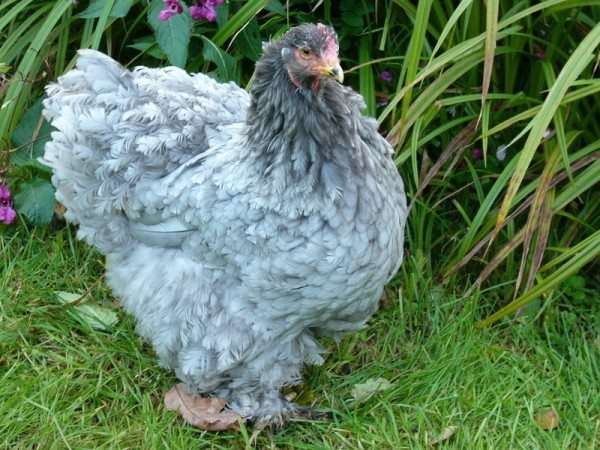

Photo of Kokhinkhin, taken in one of the local farms:
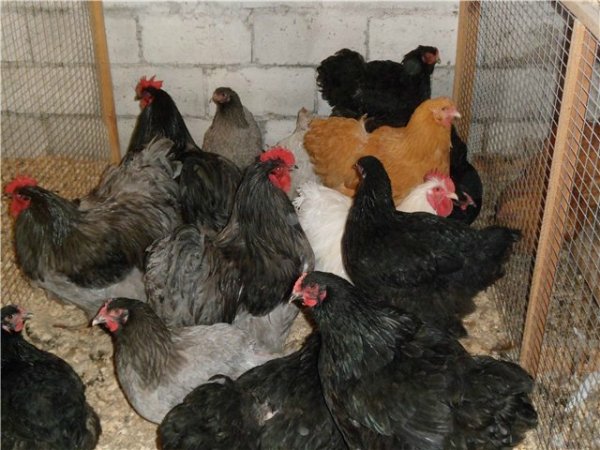

And in this photo you can see both female and male representatives:
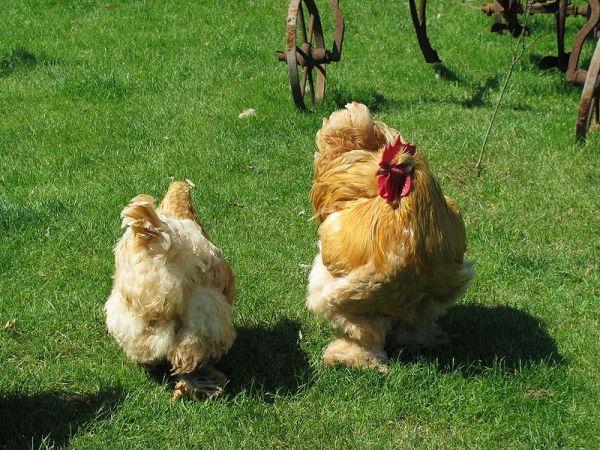

An adult white rooster in excellent shape, ready for fertilization:


Black Cochin Rooster in all its glory:
